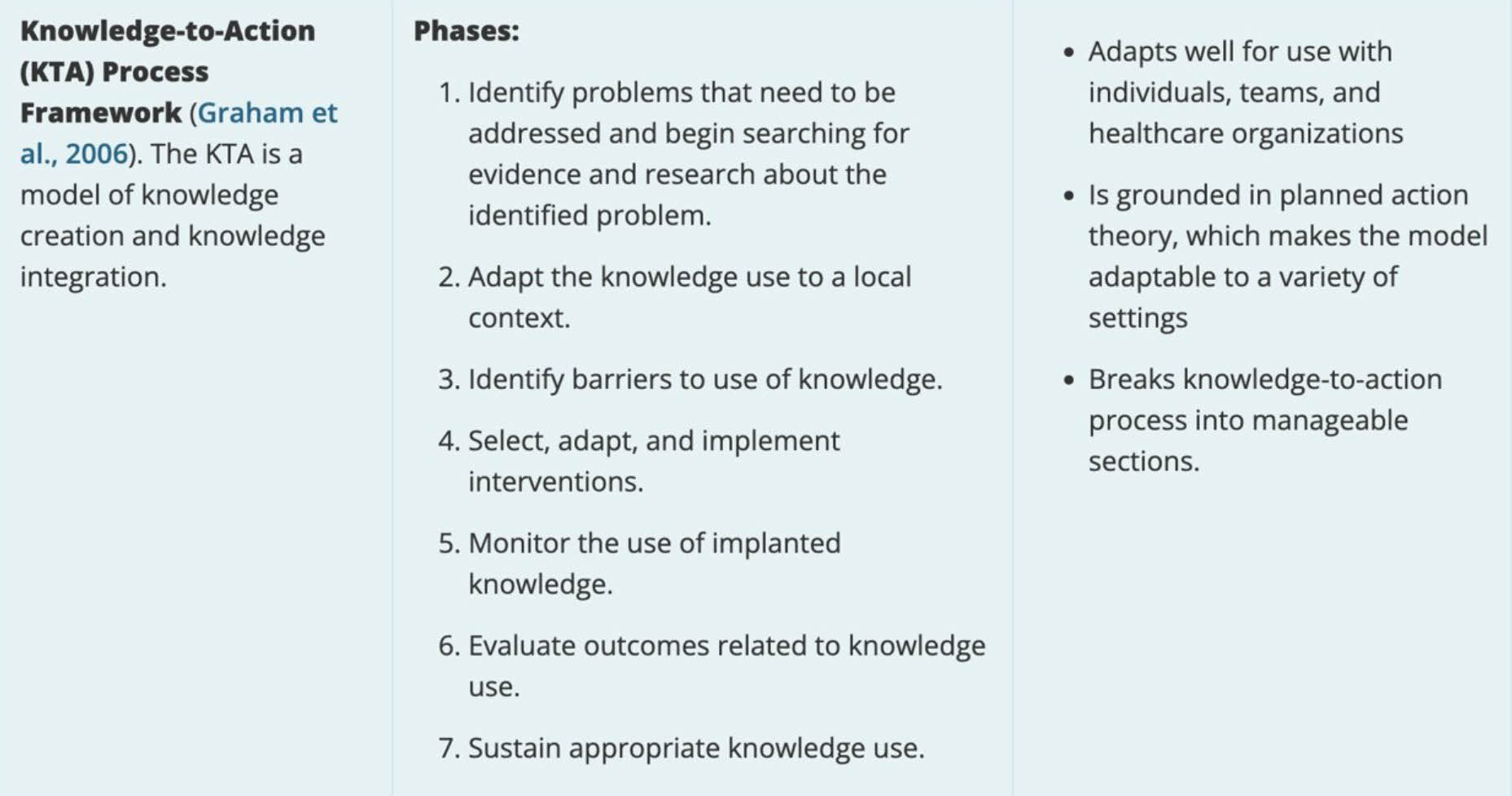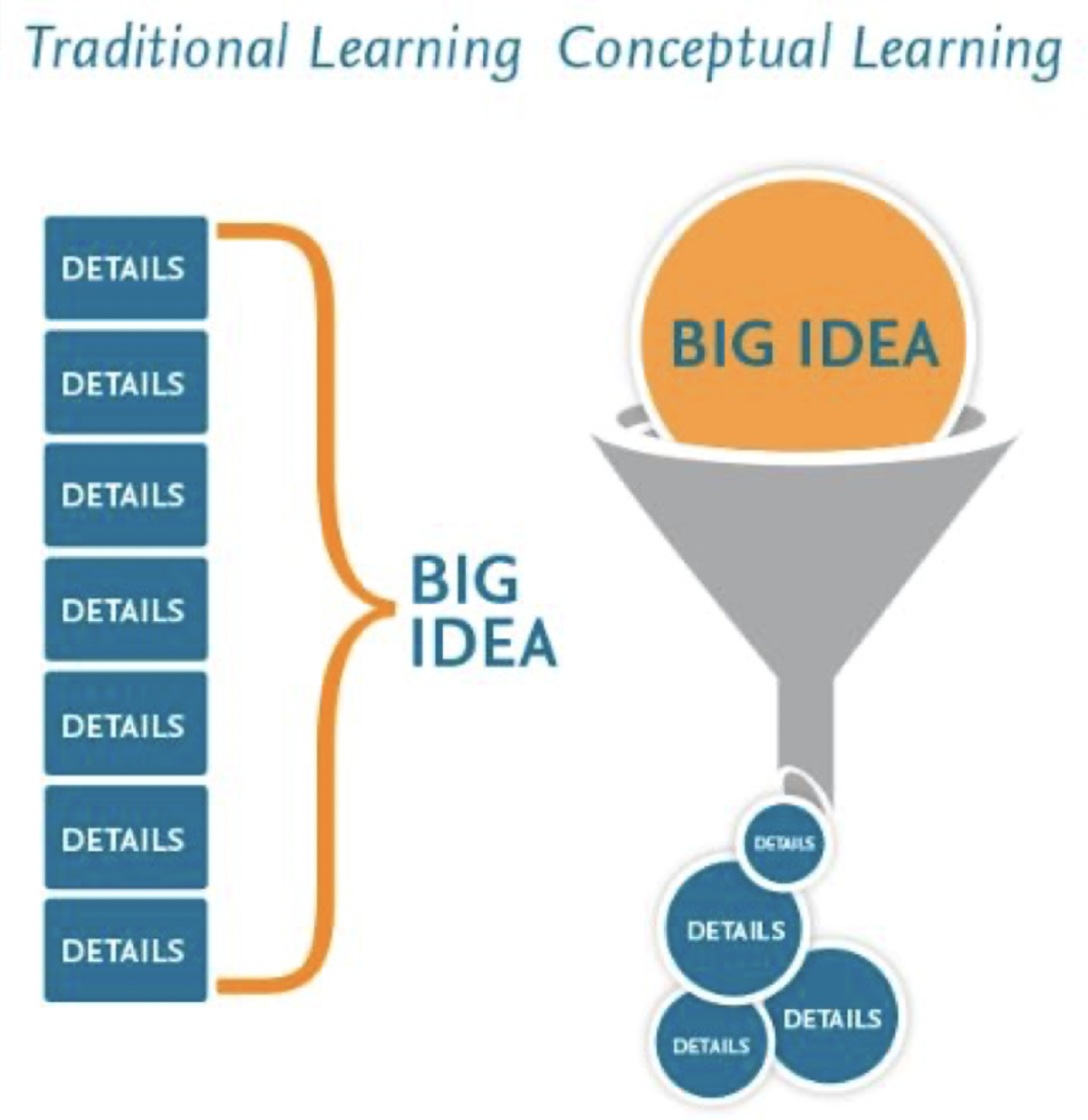Systemic Racism in Nursing Education and Accreditation
Additional resources and citations for the Nightingale Education Group's American Academy of Nursing 2023 Health Policy Conference poster.
Research Brief: NCLEX-RN® Pass Rates as a Measure Of Program Quality
Dive Into the Data
Navigate the dashboard below by clicking the tabs at the bottom.
History of First-Time Pass Rate (FTPR)
Prior to the NCLEX-RN®, state licensure exams were administered twice a year at predetermined locations (by state), requiring the tester to travel for a two-day paper-based exam.
If a candidate did not pass on the first attempt, they could not retest shortly thereafter. This contributed to long gaps to licensure and employment, thus necessitating public policy and accreditation standards requiring high FTPR.
As a result, nursing schools developed practices to ensure that their graduates could pass state licensure exams on the first attempt. These practices disproportionately favor middle-high income white females.
The need for these policies has been eliminated with the introduction of computerized NCLEX-RN® in 1994. However, the public policies and accreditation standards and resulting educational practices remained, thus perpetuating non-diversification of the nursing profession to this day.
NCLEX-RN® Pass Rate Metrics Vary by State
The variability among NCLEX-RN® pass rate standards set by state licensing boards (AKA boards of nursing) demonstrates the inadequacy of FTPR as a measure of program quality. Notable variability exists in percentage, timeframe, and calculation methods. There are at least 27 variations of NCLEX-RN® pass rate standards across the United States.
Percentages range from fixed to variable numbers fluctuating in relation to national averages such as 75% in Illinois and 80% in Massachusetts vs. 90% of the national average in Maryland and Montana.
Timeframe calculations vary considerably from simple annual calculations to averages over specific timeframes. Connecticut requires 80% FTPR annually. Colorado requires 75% FTPR quarterly, removing approval from programs falling below 75% for eight consecutive quarters. North Carolina requires 95% of the national average FTPR averaged over five years. Washington requires 80% first-time annually for four out of five consecutive years.
A few states provide multiple options to meet their standards. Oregon requires either 75% rolling 12 months FTPR or 90% overall pass rate for the same period. Wyoming requires both annual FTPR and multi-year overall options.
At least three states (Utah, Vermont, and Alabama) defer some or all programmatic oversight, including NCLEX-RN® pass rates, to national nursing programmatic accreditors. Pass rate standards vary by accrediting body, with at least one accreditor providing multiple options for pass rate standard compliance (CCNE accreditation standards, IV-C).
| State | 2023 FTPR | Nurse Practice Act | Defers to accreditors? |
| Alabama | Compliance with accrediting standards | ALABAMA BOARD OF NURSING (state.al.us) | No |
| Alaska | 80% FT cumulative annual | Alaska Board of Nursing (akleg.gov) | No |
| Arizona | 80% FT^ annual (within 12 mo) | Arizona (azsos.gov) | No |
| Arkansas | 75% | Arkansas (arkansas.gov) | No |
| California | 75% FT annual | California (westlaw.com) | No |
| Colorado | 75% FT quarter | Colorado (coloradosos.gov) | No |
| Connecticut | 80% FT annual | Connecticut (ct.gov) | No |
| Delaware | 80% unclear 3 consecutive years | Delaware (delaware.gov) | No |
| Florida | passage rate for first-time test takers which is not more than 10 percentage points lower than the average passage rate during the same calendar year for graduates of comparable degree programs | Florida (state.fl.us) | No - but programs are deemed approved if board doesn't reply |
| Georgia | 80% FT^ annual (within 12 mo) | Georgia GAC | No |
| Hawaii | No mention of pass rate in statutes or rules, other than a requirement that pass rates be included on the annual report. Annual report asks for narratives if FTPR is below national average. | Hawaii | No |
| Idaho | 80% FT annual | Idaho (idaho.gov) | No |
| Illinois | 75% FT annual | Illinois (ilga.gov) | No |
| Indiana | 1SD FT 3 consecutive years | Indiana | No |
| Iowa | 95%NA FT calendar year | Iowa | No |
| Kansas | 80% FT annual | Kansas(ks.gov) | No |
| Kentucky | Avg of 80% FT for 3 consecutive yrs | Kentucky | More info |
| Louisiana | 80% FT annual | Louisiana | No |
| Maine | 80% FT annual | Laws and Rules/Chapters: Maine State Board of Nursing | No |
| Maryland | 90%NA FT annual | Maryland (maryland.gov) | No, but accreditation is a big part of approval |
| Massachussets | 80% FT annual | Massachussets | No |
| Michigan | 80% FT annual | Michigan | No |
| Minnesota | >75% FT annual | Minnesota | No |
| Mississippi | Avg of 80% FT for 3 consecutive yrs | ||
| Missouri | 80% FT annual | Missouri | No |
| Montana | 90%NA FT annual | Montana (mt.gov) | No |
| Nebraska | 80% per year or 3-year avg consistent with NA | Nebraska | No |
| Nevada | 80% FT annual | Nevada (state.nv.us) | No |
| New Hampshire | NCSBN FT annual | No | |
| New Jersey | 75% overall annual | New Jersey (lexis.com) | No |
| New Mexico | 80% FT annual | New Mexico(sks.com) | No |
| New York | Need clarification | ||
| North Carolina | 95%NA 3 year average FT | North Carolina | No |
| North Dakota | 80% FT annual | North Dakota | No |
| Ohio | 95%NA FT annual | Ohio | No |
| Oklahoma | 90%NA FT | Oklahoma | No |
| Oregon | 75% FT most recent 12-month period OR 90% overall most recent 12-month period | Oregon | No |
| Pennsylvania | 80% FT annual | Pennsylvania | No |
| Rhode Island | 80% FT annual | Rhode Island | No |
| South Carolina | 95%NA FT annual | South Carolina | No - but programs can submit accreditor reports instead of BON survey |
| South Dakota | 75% FT annual | South Dakota | No |
| Tennessee | 85% FT annual | Tennessee | No |
| Texas | 80% FT annual | Texas | No |
| Utah | None | Yes | |
| Vermont | Compliance with accrediting standards | Vermont | No |
| Virgina | 80% FT 4 quarters | Virginia | No |
| Washington | 80% FT annual (after noncompliance for 4 out of 5 consecutive years, approval may be withdrawn) | Washington | Like Maryland |
| Washington, D.C. | 80% FT annual | Washington D.C. | No |
| West Virginia | 100%NA all | West Virginia | No |
| Wisconsin | 80% all annual | Wisconsin | No |
| Wyoming | 80% unclear annually OR the 3 most recent years in at least one of the following: 80% or greater for all FT, or 80% or greater overall, or at or avove national mean | Wyoming | No |
Knowledge-to-Action Process Framework

Nightingale College Implemented the Knowledge-to-Action Process Framework
Phases
- Identify Problem: Nightingale College identified that expanding nursing diversity could be addressed in the educational pipeline.
- Adapt: Nightingale College adapted knowledge to use in local context: its learner population was more representative of the population at large. Nightingale College sought a new educational approach to serve the learner population.
- Identify barrier: Accreditation bodies and Boards of Nursing (BON) that rely on NCLEX-RN® First-Time Pass Rate (FTPR) as a metric of educational quality.
- Interventions: Nightingale College moved to a concept-based curriculum, remote skills acquisition model, use of VR, and wrap around learner support services to educate and support a diverse learner population. Thus, students learn independently with continued educational support.
- Monitor: Ongoing
- Evaluate: Ongoing
- Sustain: Ongoing
Nightingale College Wraparound Learner Support Services Address Structural Bias
Nightingale College serves historically marginalized populations through its educational philosophy and services:
- Employs admission standards that do not exclude based on academic history
- Ensures learners understand the educational process and commitment
- Provides wraparound services required to bridge the educational achievement gap
- Academic success plans
- Navigating the College and its internal functions
- Study skills and academic resources
- Referrals for tutoring and APA resources
- Time management and study schedules
- Learner status and enrollment changes
- Program plans and schedules
- Traversing life barriers (work, family, etc.)
- Coaching throughout NCLEX-RN® exams
Concept-Based Curriculum
- Concept-based Nursing Curriculum Nursing concepts (Giddens) are threaded throughout the curriculum
- Concepts are repeated in several courses and exemplars are customized to the course-specific content
- Learning Delivery Model that allows for access in any setting
- Remote Skills Acquisition Model
- Up to 50% use of virtual simulations for clinical experiences as consistent with program approval

Citations
- Institute of Medicine (US) Committee on the Robert Wood Johnson Foundation Initiative on the Future of Nursing, at the Institute of Medicine. The Future of Nursing: Leading Change, Advancing Health. Washington (DC): National Academies Press (US); 2011. PMID: 24983041.
- Committee for Assessing Progress on Implementing the Recommendations of the Institute of Medicine Report The Future of Nursing: Leading Change, Advancing Health; Institute of Medicine; National Academies of Sciences, Engineering, and Medicine. Assessing Progress on the Institute of Medicine Report The Future of Nursing. Altman SH, Butler AS, Shern L, editors. Washington (DC): National Academies Press (US); 2016 Feb 22. PMID: 27010049.
- National Academies of Sciences, Engineering, and Medicine; National Academy of Medicine; Committee on the Future of Nursing 2020–2030. The Future of Nursing 2020-2030: Charting a Path to Achieve Health Equity. Flaubert JL, Le Menestrel S, Williams DR, Wakefield MK, editors. Washington (DC): National Academies Press (US); 2021 May 11. PMID: 34524769.
- National Commission to Address Racism in Nursing, Report Series, 2022. https://www.nursingworld.org/practice-policy/workforce/racism-in-nursing/national-commission-to-address-racism-in-nursing/commissions-foundational-report-on-racism--in-nursing/
- Taylor H, Loftin C, Reyes H. First-time NCLEX-RN® pass rate: Measure of Program Quality or Something Else? J Nurs Educ. 2014 Jun;53(6):336-41. doi: 10.3928/01484834-20140520-02. Epub 2014 May 20. PMID: 24855991.
- Hanover Research Brief – NCLEX Pass Rates https://nightingale.edu/news/hanover-research-brief.html
- Stephen Foreman, The accuracy of state NCLEX-RN®© passing standards for nursing programs, Nurse Education Today,Volume 52,2017,Pages 81-86, ISSN 02606917,https://doi.org/10.1016/j.nedt.2017.02.019.(https://www.sciencedirect.com/science/article/pii/S0260691717300503)
- Knowledge to Action Framework: Models and Frameworks for Implementing Evidence-Based Practice: Linking Evidence to Action, Rycroft-Malone & Bucknall, May 2010 Chapter 10 – The Knowledge to Action framework, Graham and Tetroe
- Giddens, J. (2013). Concepts for nursing practice. St. Louis, Mo.: Mosby/Elsevier
CCNE Standards for Accreditation of Baccalaureate and Graduate Nursing Program:
Demographics Data:
View Journal of Nursing
View Census
American Academy of Nursing DEI Statement:
View AAN
Pew Research Center:
Pew Research
Definitions:
- NCLEX-RN®: National Council Licensure Examination-RN
- FTPR: First Time Pass Rate

